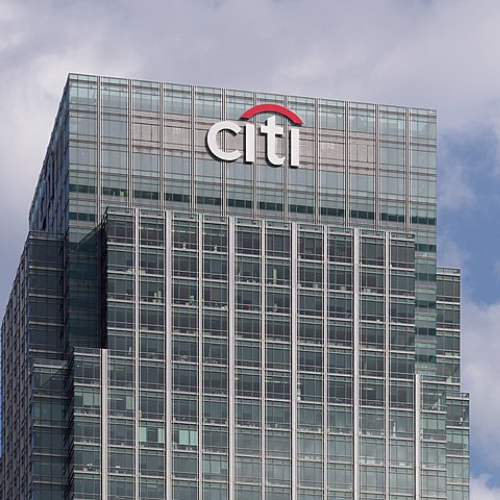Recent revelations, as per reports from the Financial Times, have uncovered how drug traffickers associated with the Sinaloa cartel have allegedly utilized Citigroup’s ATMs to launder substantial sums of cash. This article delves into the specifics of the case and its broader implications for financial regulations and law enforcement efforts.
Allegations and Tactics
In a recently unsealed indictment, it was disclosed that two individuals from California, suspected of ties to the Sinaloa cartel, deposited nearly $36,000 in small increments at Citigroup ATMs throughout January 2021. The strategy involved making multiple deposits just below the $10,000 threshold that triggers mandatory reporting to the US Treasury. This method, known as “structuring,” aims to obscure the origins of illegally obtained funds and evade detection.
The pattern of deposits, conducted a few hundred dollars at a time with short intervals between each transaction, allowed the traffickers to stay under the radar of automated monitoring systems. By avoiding the $10,000 reporting threshold per transaction, they sought to minimize the risk of alerting authorities to their activities. Such tactics highlight the sophisticated approach taken by criminal organizations to exploit vulnerabilities in financial systems.
Strategic Choice of Citigroup
According to senior officials, as per reports from the Financial Times, the decision to use Citigroup was deliberate. Allegedly, the traffickers believed that Citigroup had less stringent fraud controls compared to other banks, making it a more favorable choice for their illegal financial activities. This perception allowed them to operate discreetly despite the suspicious pattern of repeated, small deposits made in rapid succession.
The choice of Citigroup highlights the strategic considerations made by criminal networks in selecting financial institutions perceived to have weaker oversight. This strategic approach enables them to navigate the complex regulatory landscape with greater ease, exploiting perceived gaps in financial monitoring and reporting requirements.
Response from Citigroup and Law Enforcement
Citigroup refrained from commenting on the details of the ongoing case, citing confidentiality regarding transaction reporting. However, the bank reiterated its commitment to robust anti-money laundering policies and emphasized its cooperation with law enforcement authorities upon identifying suspicious activities. The bank’s stance emphasizes the importance of collaboration between financial institutions and law enforcement agencies in combating financial crimes.
Law enforcement officials continue to investigate the case, aiming to unravel the extent of the alleged money laundering scheme and hold those involved accountable. The investigation highlights the challenges faced by authorities in detecting and preventing sophisticated financial crimes perpetrated by organized criminal groups.
Parallel Cases and Historical Context
The indictment also mentioned another individual, Jiayong Yu, who allegedly deposited significant amounts of cash at JPMorgan Chase. Unlike the situation with Citigroup, there were no indications of issues regarding reporting compliance in this instance. JPMorgan Chase chose not to provide a comment regarding the matter.
This incident mirrors past cases, such as the 2012 fine imposed on HSBC for facilitating money laundering by Mexican cartels. Such cases have highlighted vulnerabilities within banks’ abilities to detect and prevent illegal financial activities effectively. They have prompted financial institutions to enhance their anti-money laundering controls and regulatory compliance measures.
Evolving Methods and Challenges
In recent years, criminal organizations have increasingly utilized advanced technologies, including encrypted communication apps and cryptocurrencies, to launder money globally. These tools enable them to move funds discreetly and exploit regulatory gaps across international jurisdictions, presenting ongoing challenges for law enforcement agencies.
The intersection of drug trafficking and financial systems highlights the need for adaptive strategies and robust regulatory frameworks to address emerging threats. Law enforcement agencies must continuously adapt their investigative techniques to counter the evolving tactics of criminal organizations engaged in illegal financial activities.
The Intersection of Drug Trafficking and Financial Systems
Martin Estrada, the US attorney for the Central District of California, highlighted the interconnected nature of modern money laundering schemes involving drug traffickers and international networks. He underscored the challenges posed by collaborations between these groups in facilitating the movement of cash derived from drug sales.
The collaboration between drug traffickers and financial facilitators enables the seamless movement of illegal funds across borders, complicating efforts to trace and intercept proceeds from criminal activities. It underscores the global scope of money laundering operations and the necessity for coordinated international efforts to effectively combat financial crimes.


